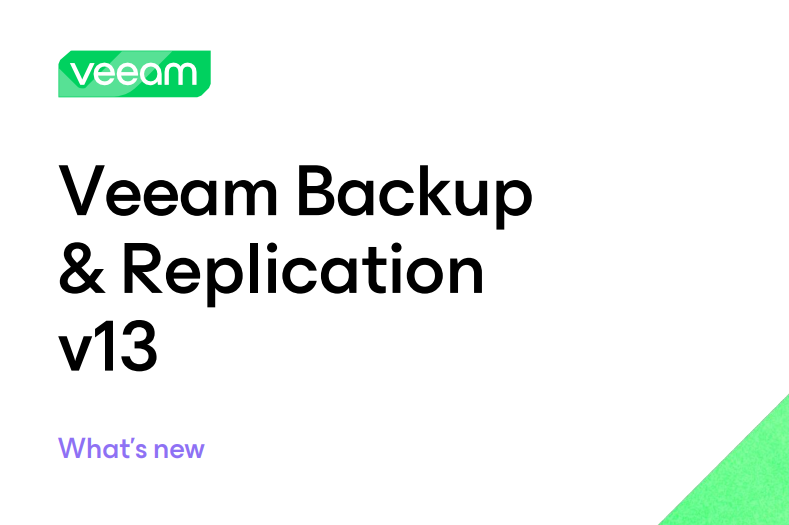Graham Elston - CTO
- 4 min read
🔐 Zero Trust: Why Perimeter Security Is No Longer Enough

Is the traditional perimeter-based security model still sufficient? The rise of remote work, cloud computing, mobile access, and increasingly sophisticated cyber threats has rendered the “castle-and-moat” approach obsolete.
Organisations can no longer rely on location-based trust. Instead, they must adopt a new mindset, one that assumes breach and verifies every interaction. This is the essence of Zero Trust Architecture (ZTA).
🧭 Understanding the Shift to Zero Trust
Zero Trust is not a product, it’s a strategic framework. It challenges the outdated assumption that everything inside the network is safe. Instead, it operates on the principle of “never trust, always verify.” Every user, device, and application is treated as potentially compromised until proven otherwise.
This shift is driven by several key factors. The attack surface has expanded dramatically, with users accessing systems from anywhere and data residing across hybrid environments. Credential-based attacks are now the most common entry point for breaches, and regulatory bodies such as NIST, GDPR, and CISA increasingly expect Zero Trust principles to be in place.
🔍 What Is Zero Trust? A Deeper Dive
At its core, Zero Trust is about eliminating implicit trust and continuously validating every stage of digital interaction. It’s built on five foundational principles:
- Verify explicitly: Authentication and authorisation must be based on multiple data points, identity, location, device health, and behaviour.
- Use least privilege access: Users should only have access to what they need, reducing the impact of any compromise.
- Assume breach: Systems are designed with the expectation that attackers may already be inside.
- Microsegmentation: Networks are divided into smaller zones to prevent lateral movement.
- Continuous monitoring: Behavioural analytics and telemetry are used to detect anomalies in real time.
In practice, Zero Trust spans three key layers:
- Identity and Access Management: Tools like Microsoft Entra ID enforce conditional access policies and multi-factor authentication.
- Device Trust and Endpoint Security: Solutions such as Microsoft Intune and Zscaler ZDX ensure devices meet compliance standards and monitor performance.
- Application and Network Access: Zscaler ZPA enables secure, direct-to-app access without exposing the network, while Microsoft Defender and Sentinel provide threat detection and response.
📊 The Business Case for Zero Trust
The benefits of Zero Trust are not just theoretical, they’re measurable. According to recent industry research:
- 83% of organisations adopting Zero Trust have successfully reduced security incidents.
- 78% report that Zero Trust helps prevent breaches and ransomware attacks.
- 81% say it supports compliance with regulations like GDPR and NIST.
- 50% have seen improved incident response times.
- 75% of enterprises increased Zero Trust investment following major cyberattacks.
- The global Zero Trust market is projected to exceed £70 billion by 2030, up from £32 billion in 2025.
These figures highlight why Zero Trust is not just a security upgrade, it’s a strategic imperative.
🤝 Zscaler and Microsoft: Leaders in Zero Trust
Two of the most influential players in the Zero Trust space are Zscaler and Microsoft, each offering robust solutions that can be deployed independently or integrated for maximum impact.
 Zscaler’s Zero Trust Exchange is a cloud-native platform that connects users directly to applications, enforcing least-privilege access and eliminating the need for traditional VPNs. Its key components include Zscaler Private Access (ZPA), Zscaler Internet Access (ZIA), and Zscaler Digital Experience (ZDX), all designed to secure access and optimise performance.
Zscaler’s Zero Trust Exchange is a cloud-native platform that connects users directly to applications, enforcing least-privilege access and eliminating the need for traditional VPNs. Its key components include Zscaler Private Access (ZPA), Zscaler Internet Access (ZIA), and Zscaler Digital Experience (ZDX), all designed to secure access and optimise performance.
![]() Microsoft’s Zero Trust Framework is deeply embedded across its ecosystem. Microsoft Entra ID provides identity and access management, while Defender and Sentinel deliver threat detection and response. Microsoft Intune ensures device compliance, and Microsoft 365 includes built-in Zero Trust configurations for collaboration and data protection.
Microsoft’s Zero Trust Framework is deeply embedded across its ecosystem. Microsoft Entra ID provides identity and access management, while Defender and Sentinel deliver threat detection and response. Microsoft Intune ensures device compliance, and Microsoft 365 includes built-in Zero Trust configurations for collaboration and data protection.
Together, Zscaler and Microsoft offer seamless integration, from identity verification to secure app access, making them ideal partners for organisations navigating hybrid work and cloud transformation.
🧭 How to Adopt Zero Trust
For SMBs and Mid-Market Organisations
Smaller organisations can begin by conducting an asset audit to identify critical data and systems. Enabling multi-factor authentication across cloud services and centralising identity management are essential first steps. Role-based access controls and endpoint protection tools like Microsoft Defender or Zscaler ZDX help enforce security policies. Finally, building a security-first culture through staff training ensures long-term resilience.
For Large Enterprises
Enterprises should start by defining their “protect surface”. Specifically the data, applications, assets, and services most critical to the business. Conditional access policies must be enforced across all systems, supported by integrated threat intelligence from tools like Microsoft Sentinel and Zscaler’s AI-driven analytics. Continuous monitoring and behavioural analytics help detect anomalies, while optimising user experience ensures fast, secure access to platforms like Microsoft 365 and Azure. Mapping Zero Trust to compliance frameworks such as NIST, ISO, and GDPR is also essential.
✅ Conclusion: Zero Trust Is a Strategic Imperative
Zero Trust is more than a cybersecurity framework, it’s a foundation for secure digital transformation. Whether you're an SMB defending against ransomware or a global enterprise managing complex hybrid environments, Zero Trust enables agility, resilience, and compliance.
With Zscaler and Microsoft leading the way, organisations have access to powerful, complementary solutions that support Zero Trust adoption at every stage. The time to move beyond perimeter security is now.
Share Link



